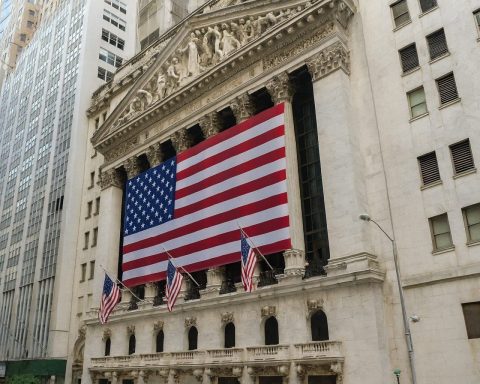
U.S. Economic Calendar Today: Jobless Claims Hit 3‑Year Low as Markets Await Trade & PCE Data — December 4, 2025
Published: December 4, 2025 Snapshot: Today’s U.S. Economic Calendar (December 4, 2025) Major scheduled and released U.S. indicators today: In the background, investors are also focused on Friday’s heavy slate of delayed data: Labor Market in Focus: Jobless Claims Drop to

